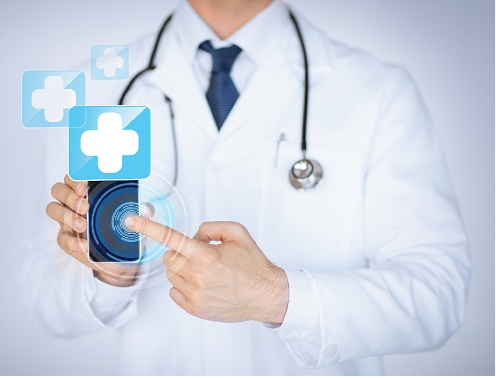Care delivery best practices are constantly changing to optimize efficiency and safety, and look considerably different compared to just a decade ago. The digital healthcare transformation has ushered in promising opportunities to use technology to improve nurse and clinician workflows, monitor patients remotely, and provide secure paths for communication between care team members.
The availability of these solutions has enabled the industry to place an increased emphasis on mobility. However, it is interesting to note that when we think of ‘mobility,’ our first thought is usually mobility outside of the hospital walls. For example, we talk about how remote monitoring helps patients to be monitored at home, or how secure messaging platforms help doctors connect with nurses to make care decisions when they are not on-site.
Yet, in a recent visit to a customer site, some of the most interesting conversations I had centered on mobility and improved workflows within the hospital, including how mobile device technology is helping improve productivity.
Thinking Small Scale First
Healthcare facilities are big. Health professionals spend their time on their feet and on the move. There is an enormous amount of transportation that occurs within a hospital. By introducing technology that enables mobility and connectivity, health systems can improve efficiencies, better connect care teams, and speed up decision making – all within hospital walls.
These improvements happen in three ways:
- Better communication on the move: A 2006 study found that nurses can walk upwards of 4-5 miles in a 12 hour shift. The larger the facility and units, the more walking we do. With a solution that connects nurses to the rest of their care team, nurses are better able to weigh in on patient care instantaneously, whether they are on a road trip to radiology or talking with a physician in another part of the hospital. In addition, it’s easier for the physician to find the nurse caring for their patient using the mobile technology.
- Clinicians can get an early start on their day: As healthcare evolves, the demands on physicians’ days are changing as well. With access to labs and other data in advance through a secure mobile platform, physicians are better able to prepare for the coming day; thereby improving efficiencies and helping them manage their patients. During my recent customer site visit, one nephrologist talked about reviewing the labs results of his patients on his phone the night before as well as on the elevator while en route from one patient to the next. This access sped his process for seeing patients.
- Organized chaos during high times: Mid-day tends to be the busiest time for health systems, as staff work to admit new patients and take care of patient discharges. By giving physicians the ability to make quicker decisions, and connecting nurses to their care teams from anywhere within the hospital, there is an opportunity to streamline and accelerate what can otherwise be a chaotic time.
Mobility and Workflow: Change Needs to Start within the Hospital
We talk a lot about the benefits of improving mobility and workflow, and securely connecting the care team outside hospital walls. While it is true that this type of connectivity is beneficial to all – from clinicians to nurses to patients – there is an opportunity for similar improvements within the hospital as well. Improved workflows are always a goal for health systems. By starting with addressing areas for workflow improvements within the hospital, health systems will be in a stronger position to tackle more complicated workflow and mobility challenges down the road.



















